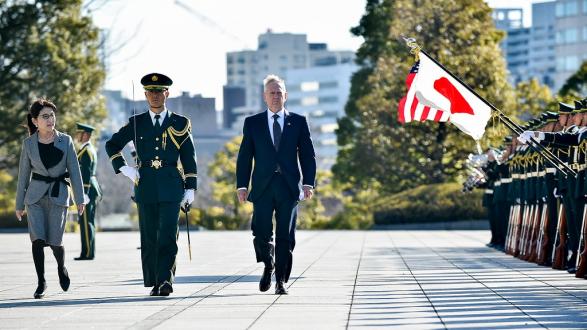Secretary of State Rex Tillerson appears to have clarified the puzzling statements on the South China Sea that he made at his confirmation hearing. This is encouraging. In a written response, Tillerson explained that the blockade he suggested, to prevent China from accessing the artificial islands it constructed, would only be necessary "if a contingency occurs." Secretary of Defense James Mattis, in Asia last week, also turned down the temperature on the issue. "At this time, we do not see any need for a dramatic military move," he said.
Developing its South China Sea strategy is one of the most urgent and challenging tasks facing the Trump administration, and it is wise not to jump into an immediate confrontation with Beijing. A successful policy will require a robust interagency conversation—one that the administration may not yet be in a position to have. Such a conversation would involve strategic, economic, diplomatic, and military questions about American leadership in Asia. Among them: the tension between confronting China in areas of disagreement and cooperating wherever possible on critical issues; the need to cultivate close allies such as Australia, Japan, and South Korea to support shared aims; the importance of the unity and credibility of the Association of Southeast Asian Nations (ASEAN) for regional stability, as well as how to bolster U.S. bilateral relationships with the ten Southeast Asian member states; and the balance between offering the economic strategic engagement that Asia seeks from the United States with the country’s role as security guarantor.
Read the full article in Foreign Policy.
____________________
Nina Hachigian is the former U.S. Ambassador to the Association of Southeast Asian Nations (ASEAN).
The views and opinions expressed here are those of the author and do not necessarily reflect the official policy or position of the Pacific Council.




